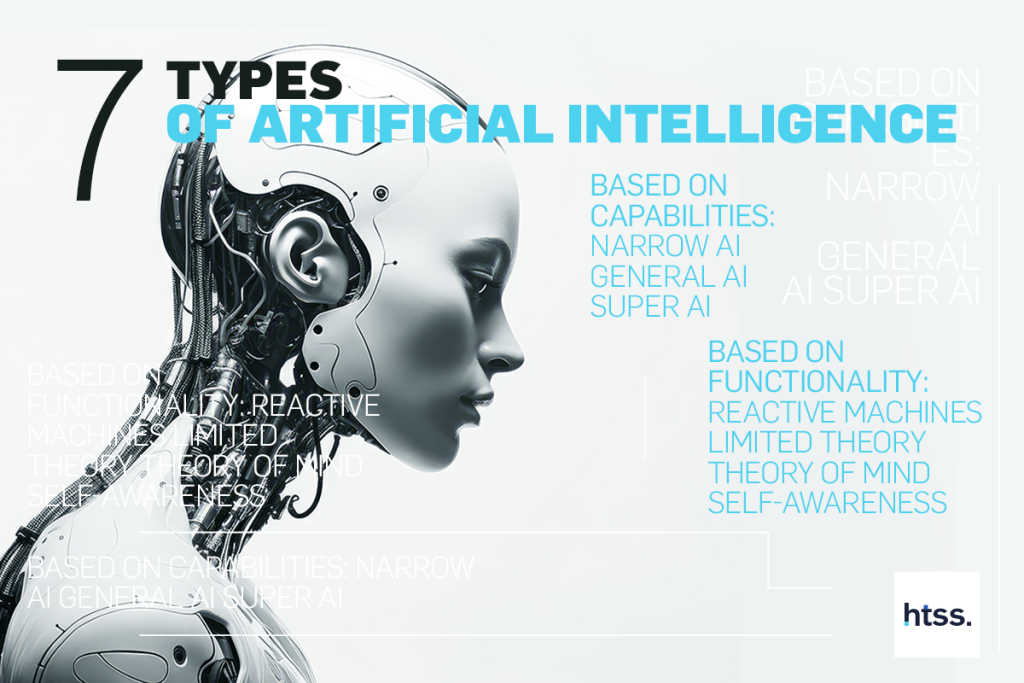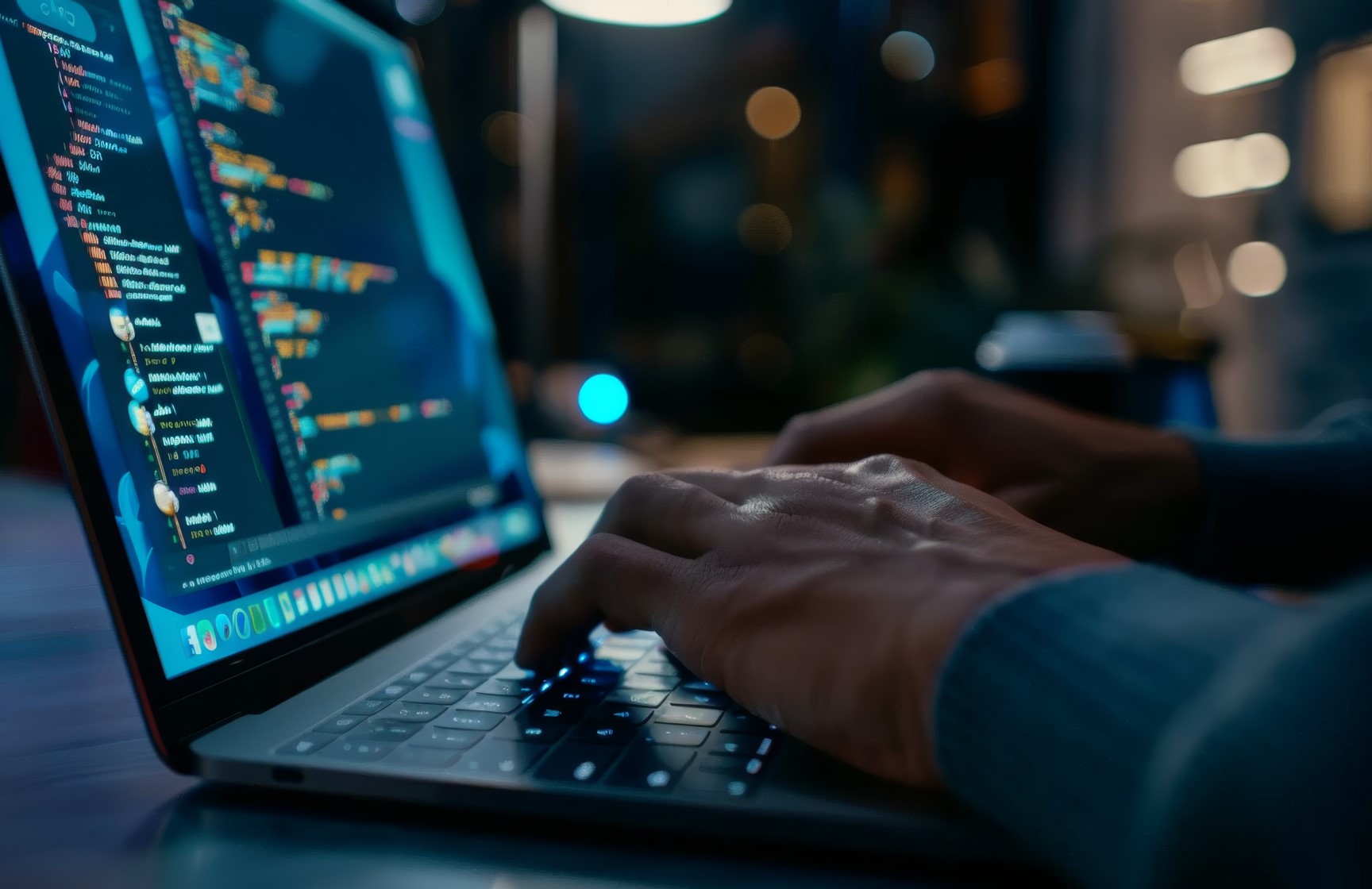2023-11-03
Machine Learning vs. Deep Learning vs. Neural Networks
In the ever-evolving landscape of artificial intelligence, terms like Machine Learning (ML), Deep Learning, and Neural Networks are often at the center of attention. These concepts are not only powerful but also essential for the development of intelligent systems. In this article, we will explore the differences between ML, Deep Learning, and Neural Networks, unraveling the mystery surrounding these technologies.
Machine Learning (ML): The Foundation of Artificial Intelligence
Machine Learning, or ML for short, forms the foundation upon which artificial intelligence is built. It encompasses a wide range of algorithms and statistical models that enable computers to learn and make decisions without explicit programming. ML algorithms rely on patterns and data to improve their performance over time. ML is used in various applications, from recommendation systems to predictive analytics, making it a versatile tool in the AI arsenal.
Deep Learning: The Engine of Neural Networks
Deep Learning is a subset of ML that has gained significant attention in recent years. At its core, Deep Learning uses neural networks, a technology inspired by the structure of the human brain. These networks consist of interconnected layers of nodes, each processing and transforming data. Deep Learning excels in handling complex tasks, such as image and speech recognition, language translation, and autonomous driving. Its depth and complexity set it apart from traditional ML techniques.
Neural Networks: Emulating the Human Brain’s Structure
Neural Networks are the fundamental components of deep learning. They are designed to mimic the neural structure of the human brain, with layers of interconnected nodes (neurons) that process and interpret data. Neural Networks are the driving force behind tasks like image and speech recognition, natural language processing, and more. They excel in feature extraction and pattern recognition, which are crucial for understanding unstructured data.
ML vs. Deep Learning vs. Neural Networks: Key Differences
Data Dependency
ML algorithms rely on structured data, while Deep Learning and Neural Networks can handle unstructured and raw data, making them suitable for a broader range of tasks.
Complexity
ML models are relatively simpler, while Deep Learning models are more intricate due to their multilayered neural networks.
Performance
Deep Learning outperforms traditional ML when it comes to tasks that require complex feature extraction and pattern recognition, such as image and speech recognition.
Training Data Size
ML models can be trained with smaller datasets, whereas Deep Learning models, particularly for neural networks, often require large datasets for optimal performance.
ML in Practice
Leveraging ML, Deep Learning, and Neural Networks is essential for companies looking to remain competitive in the AI era. Implementing these technologies can lead to improved decision-making, automation, and efficiency in various industries, from healthcare to finance and beyond.
Machine Learning, Deep Learning, and Neural Networks each play a unique role in the AI ecosystem. While ML serves as the foundation, Deep Learning, driven by Neural Networks, takes AI capabilities to new heights. Understanding the differences between these terms is vital for organizations seeking to harness AI for their benefit.
Keep in mind that the world of AI is continually evolving. Staying up to date with the latest technologies is crucial to maximize their potential.

For a complete ecosystem of software solutions that can empower your AI initiatives, consider exploring htss. We can help you harness the power of ML, Deep Learning, and Neural Networks to meet the specific business requirements of each organization. In this dynamic AI landscape, using the right tools and technologies can make all the difference.




